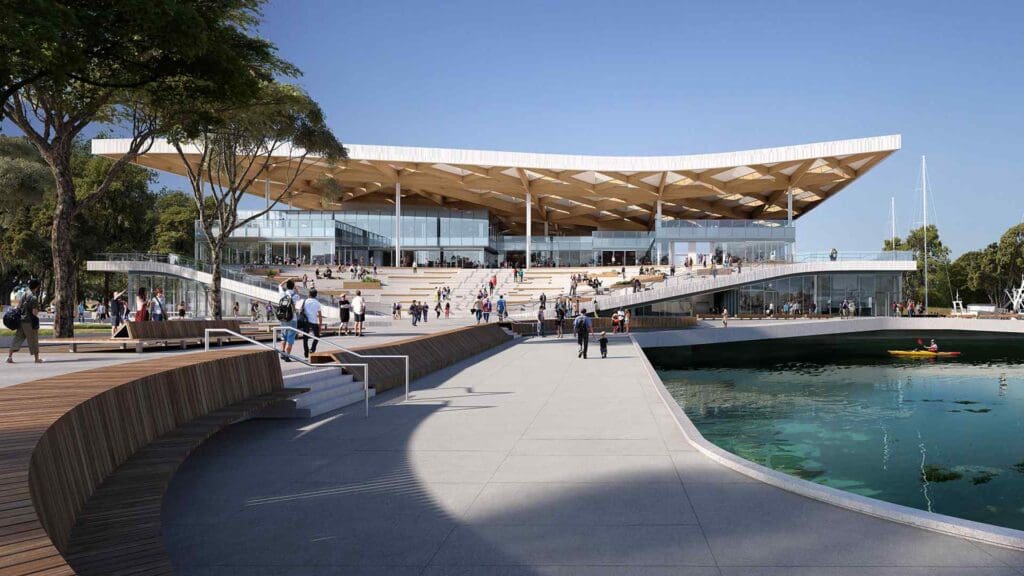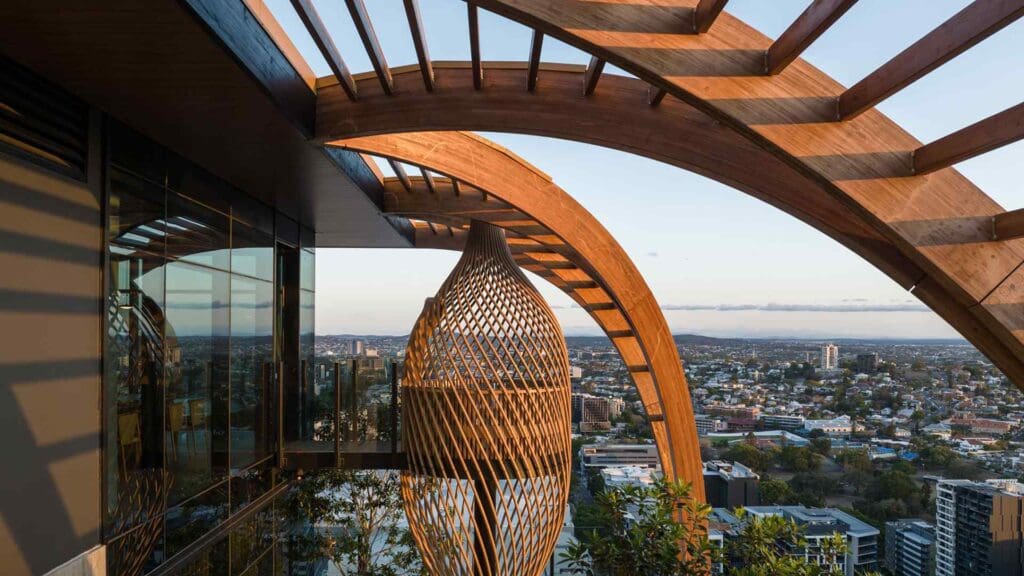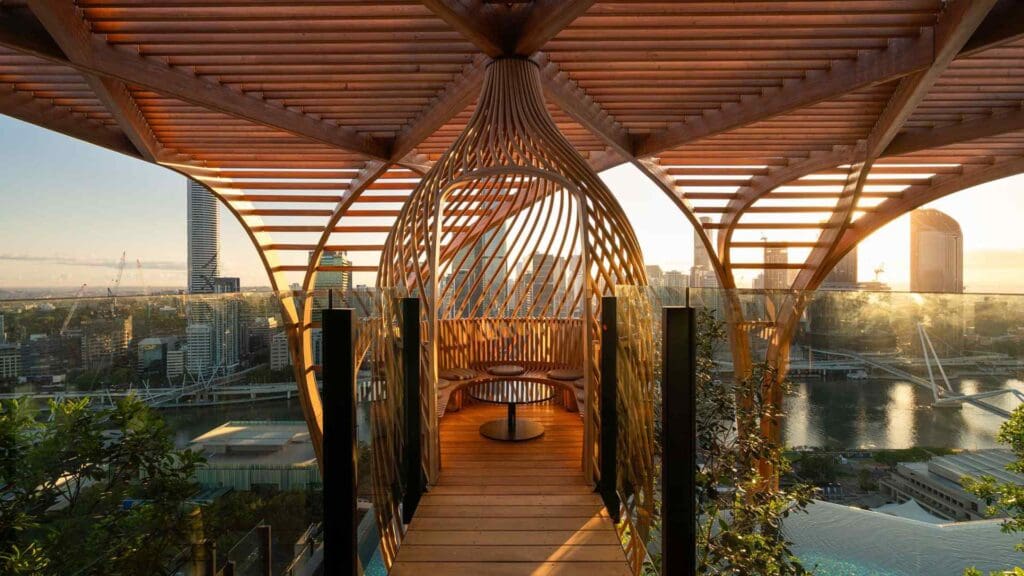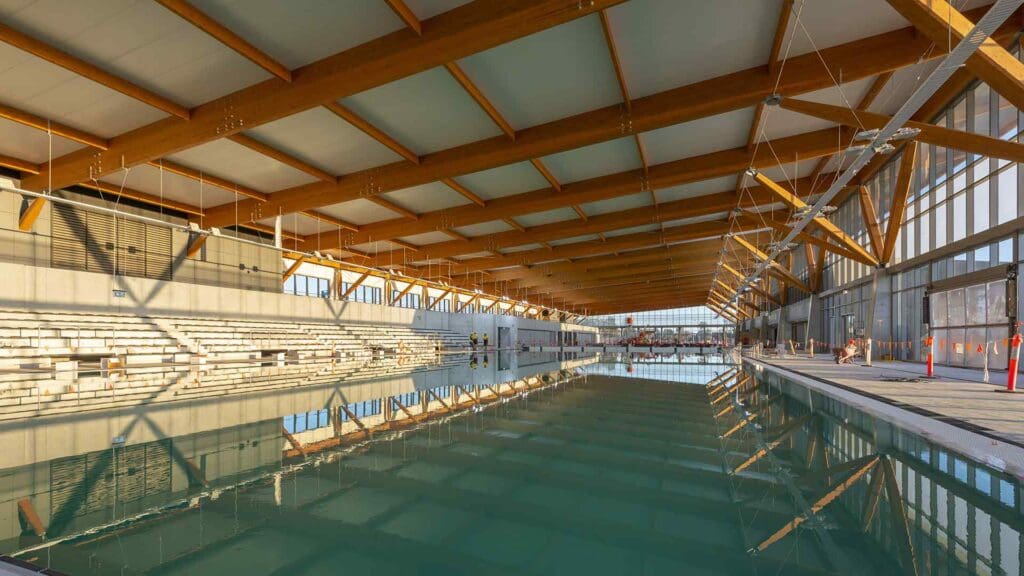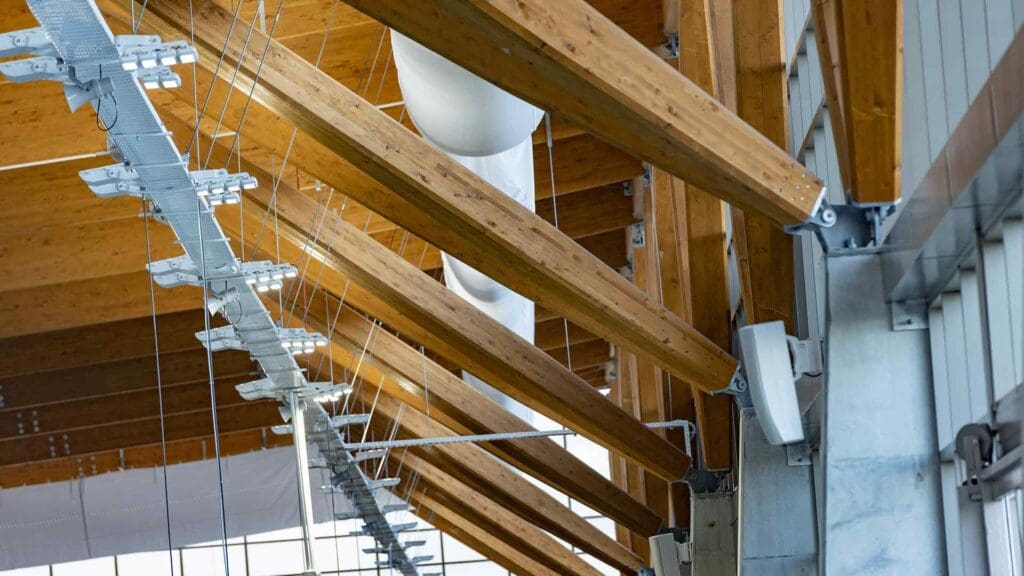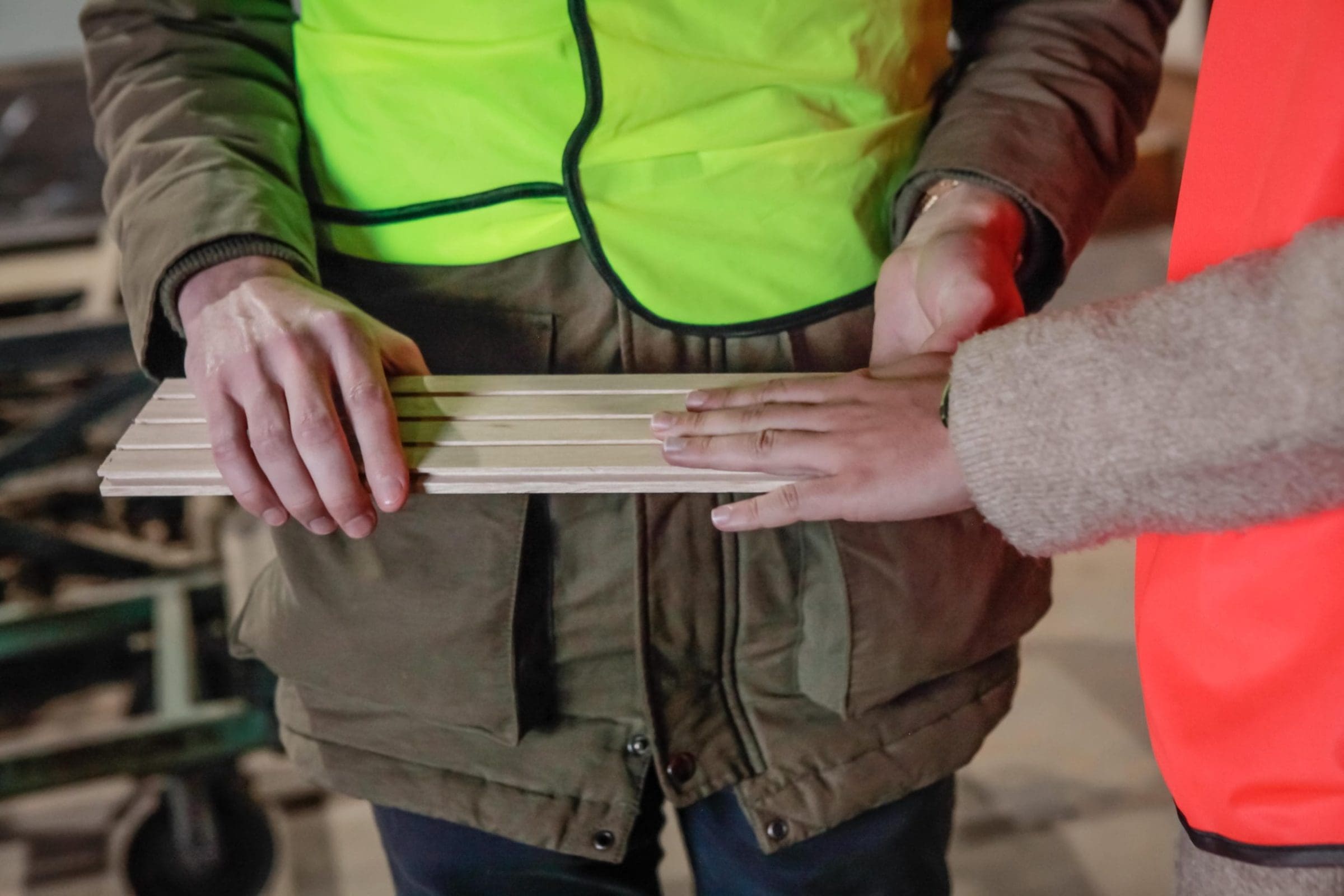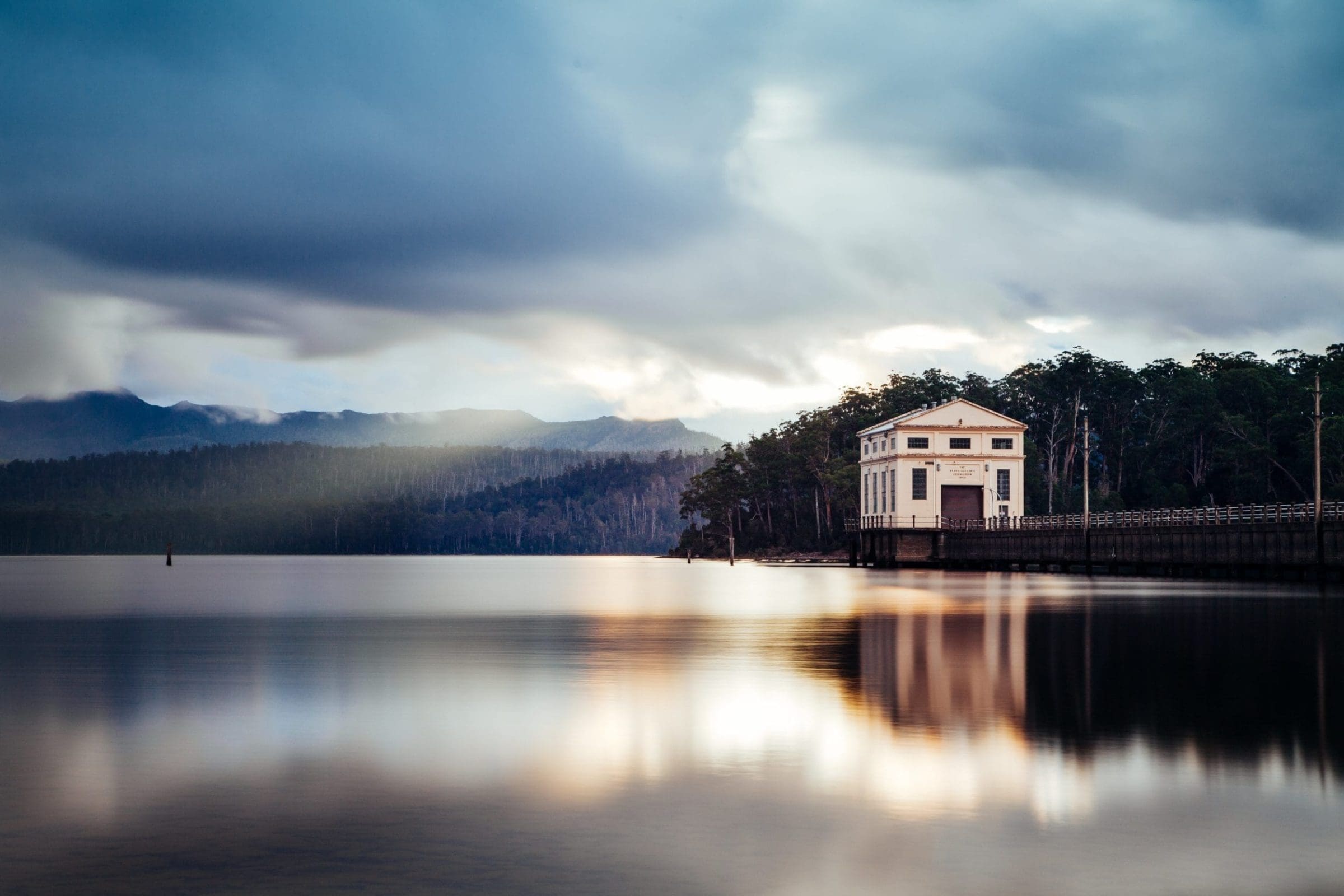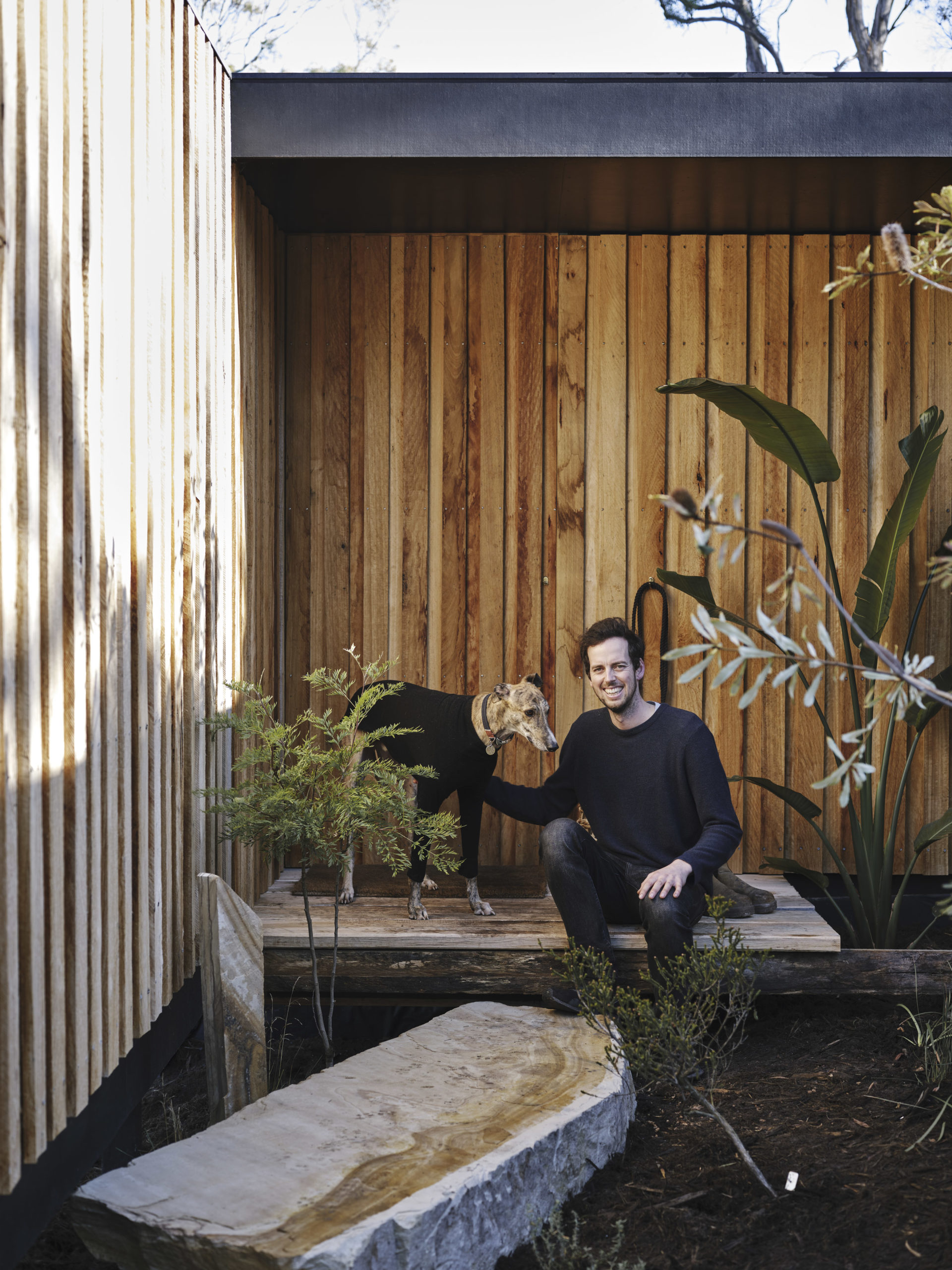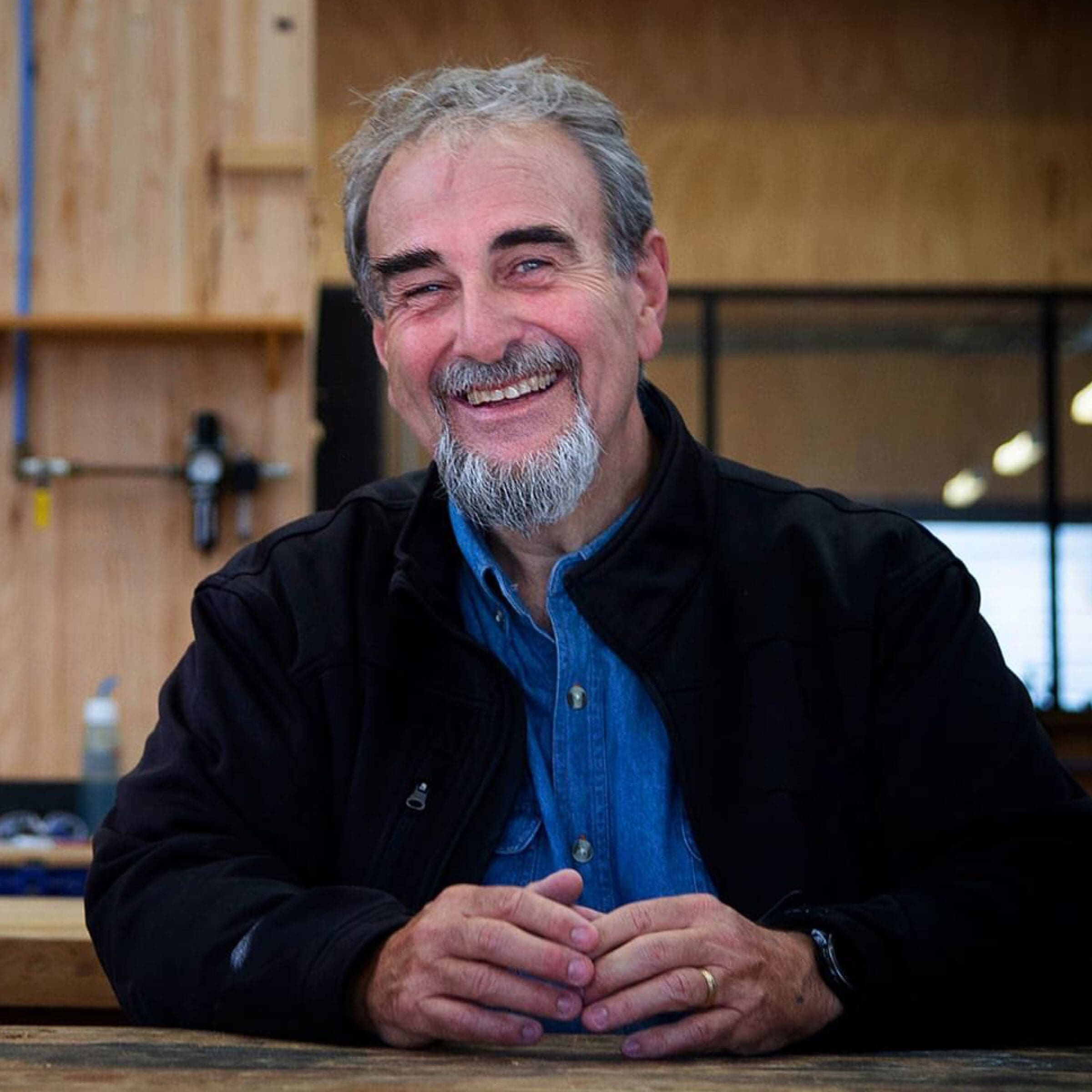A European Craft Takes Root in Australia: Paolo Aschieri on Mass Timber Buildings
When Paolo Aschieri talks about timber, it’s not just as a building material—it’s a mission. As the co-director of Theca Timber, Paolo has been instrumental in bringing Europe’s sophisticated timber construction practices to Australian shores. Having launched operations here in 2016, Paolo saw an opportunity in a country that was still largely reliant on steel and concrete.
“In Europe, we can count back probably 40 years of mass timber construction,” Paolo explains. “In Australia, the first major timber building dates only to 2012.” While the practice may be relatively new here, Paolo is quick to highlight how Australian engineers and architects have embraced the challenge. “It’s impressive how fast they are learning how to do it, and how good the buildings they’re actually designing now are.”
Timber and Sustainability: A Natural Advantage
Sustainability is no longer just a buzzword—it’s a design imperative. Timber offers a real solution, but Paolo is candid about its role. “Timber can help achieve net zero targets, but it’s not a white rabbit pulled from a hat. It’s not a solution for everything.”
However, timber from responsibly managed forests—certified under PEFC or FSC—stores carbon and significantly reduces a building’s embodied emissions. “In every job we’ve done in Australia,” Paolo notes, “we’ve issued third-party verified reports showing that each project stores anywhere from 100 to 150 tons of CO2.” The Sydney Fish Market, currently under construction, is on track to be one of the largest timber-roofed buildings in the Southern Hemisphere, and it is estimated that it will store in excess of 1,000 tons of CO2.
In Europe, strict environmental regulations require full chain-of-custody tracking. “Even the sawdust is sold by the kilo to other industries. There’s a zero-waste mindset,” Paolo says.
Flexibility and Imagination in Design
One of timber’s unsung strengths is its design flexibility. “You can bend it in three dimensions. You can twist it. You can create sculptural forms that just aren’t possible with steel or concrete,” says Paolo. A standout example that Theca consulted on is the “Timber Crown” atop Brisbane’s Upper House, designed by Koichi Takada Architects. “None of the other structures in Australia have that level of complexity,” Paolo shares proudly.
This freedom, provided by timber, inspires architects to push the boundaries of what’s possible, not only in aesthetics but also in user experience. “Now I swim backstroke just to look at the timber ceilings,” Paolo laughs, referring to his growing admiration for timber-clad aquatic centres.
Aquatic Centres and the Timber Revelation
The idea of timber in aquatic centres might surprise many Australian designers used to avoiding wood in humid environments. But in Europe, timber centres are common.
Two out of three pools have timber roofs,” Paolo points out. “It’s something that makes total sense. Timber breathes, it handles humidity well, and unlike steel, it doesn’t rust when scratched during installation.
In fact, Canberra’s Stromlo Leisure Centre is the first of its kind in Australia, and five years in, it’s maintenance-free. “Still, people question us,” Paolo admits. “But I’ve visited a timber pool built in 1996 in the Venice Lagoon—chlorine inside, salty air outside. Nearly 30 years later, no major maintenance. That says everything.”
Faster, Safer, Smarter: The Project Manager’s Dream
For project managers, mass timber offers more than sustainability and beauty—it streamlines the entire construction process. Paolo describes timber buildings as “giant jigsaw puzzles,” with prefabricated parts arriving on site fully coated, pre-fitted, and ready for rapid assembly.
It’s not just about saving time,” he says. “It’s about safety. Fewer people on site, fewer machines, less waste, and fewer issues.” The Macquarie University Law School, for example, was finished ahead of schedule with less labour and minimal disruption. “Project managers love it.
While initial costs may be higher—10 to 15% more than traditional materials—the overall savings in time, safety, and logistics often tip the scales in timber’s favour.
Looking Ahead: Timber Stadiums, Timber Cities?
Can we build an entire stadium from timber? Paolo believes so. “In Canada, they’ve done it. In Europe, they’ve done it. It’s all about proper design and preparation.” Whether it’s the Sydney Fish Market or the proposed Hobart Stadium, timber is proving it can stand up—literally and figuratively—to Australia’s climate and expectations.
“Australia may have been late to the party,” Paolo says, “but now that the ice is broken, I think we’ll see incredible things.”
Timber isn’t just an aesthetic choice; it’s a sustainable, efficient, and flexible solutions that challenges old assumptions. As Paolo Aschieri and his team continue to shape the Australian skyline with wood, they’re also helping redefine what it means to build for the future.
To listen to our full conversation with Paolo Aschieri listen to his episode of the Original Thinkers Podcast here.



